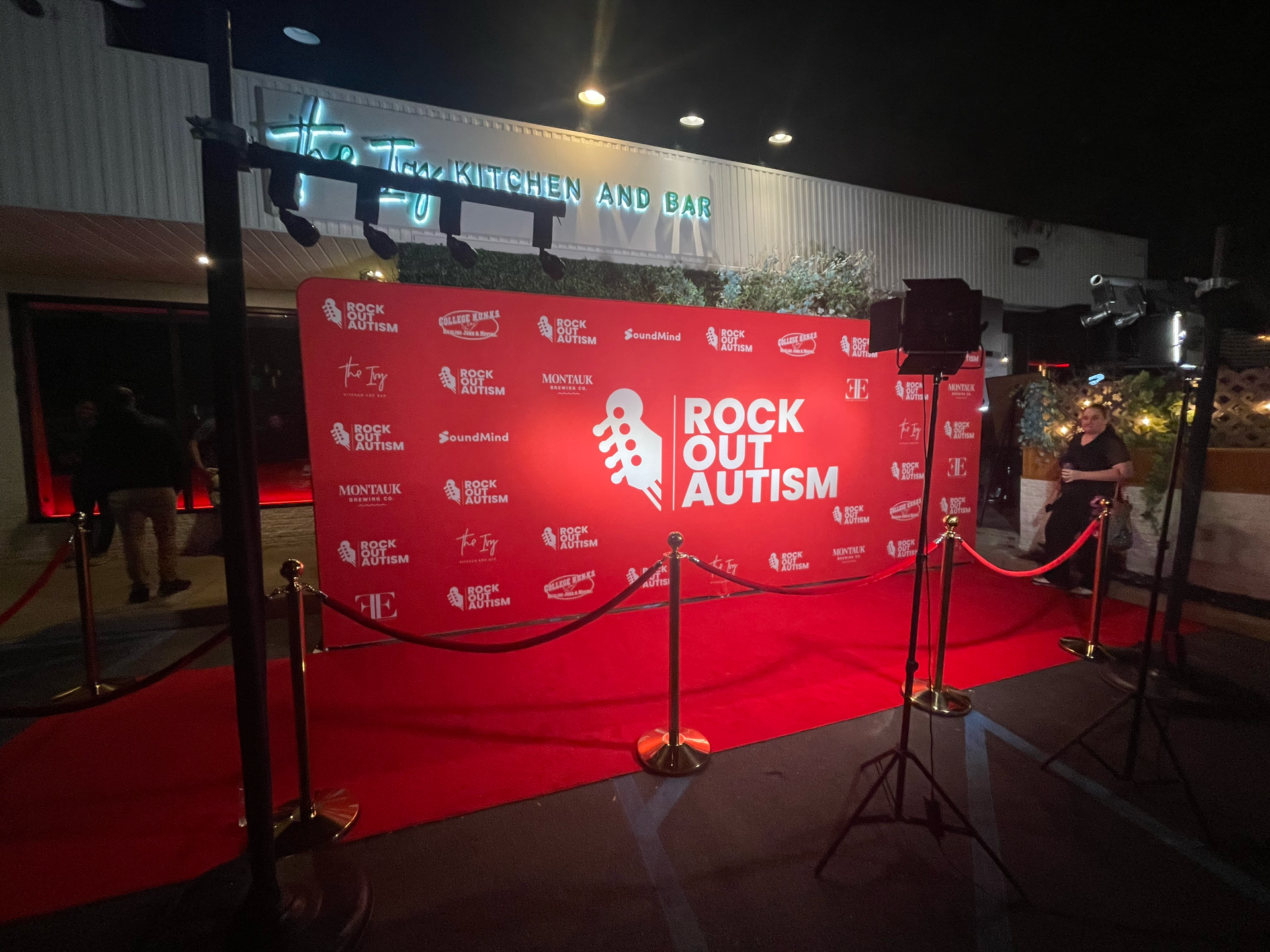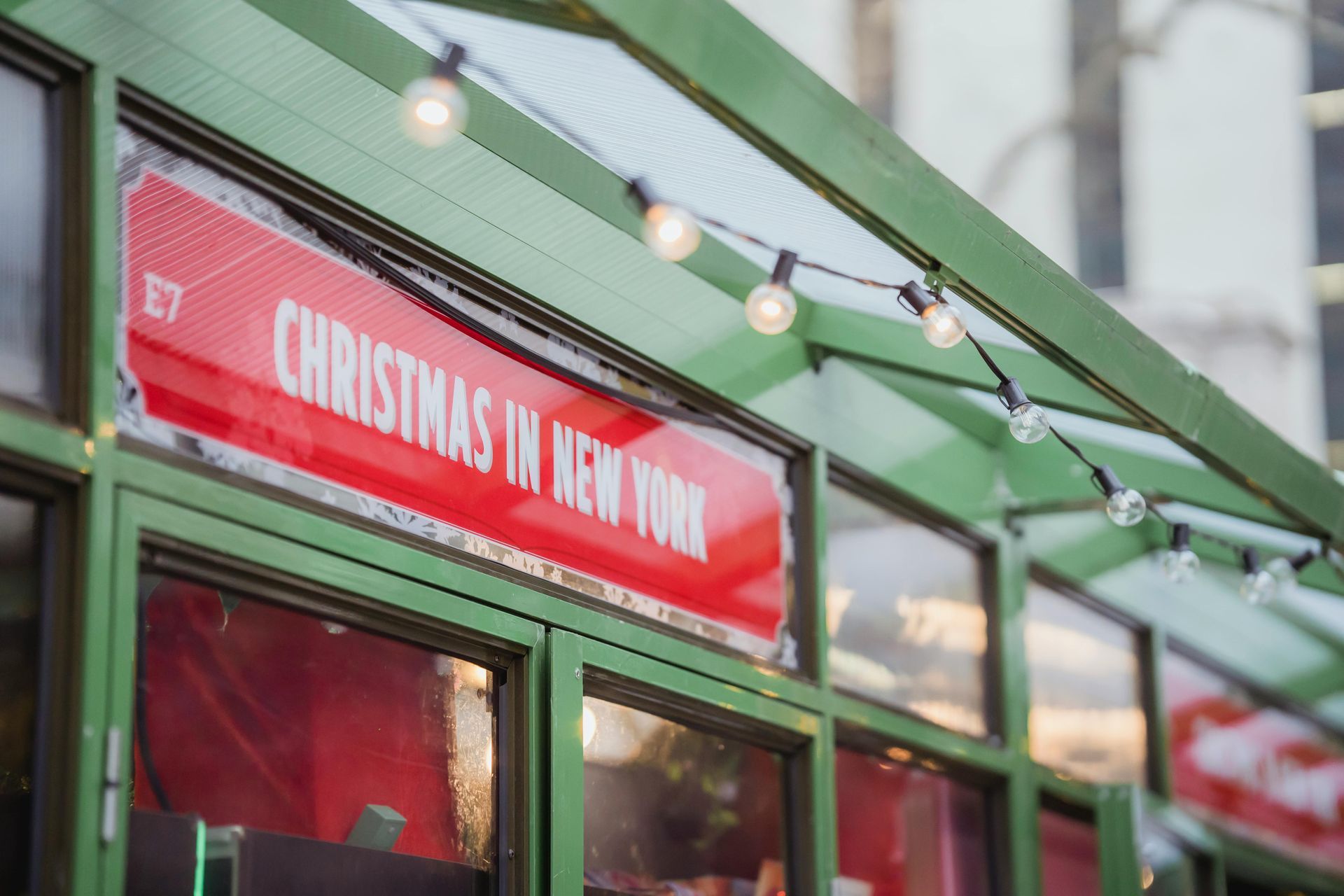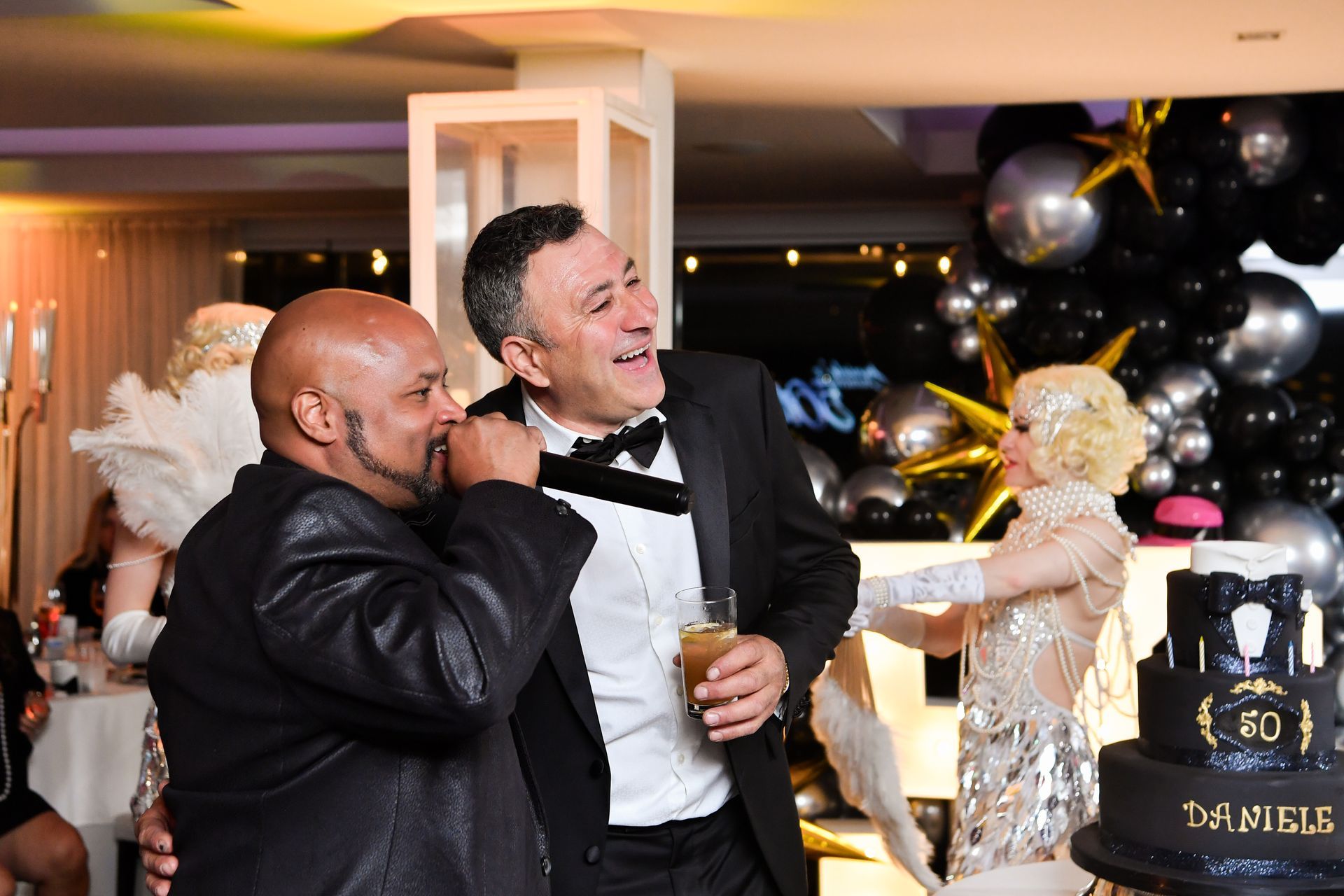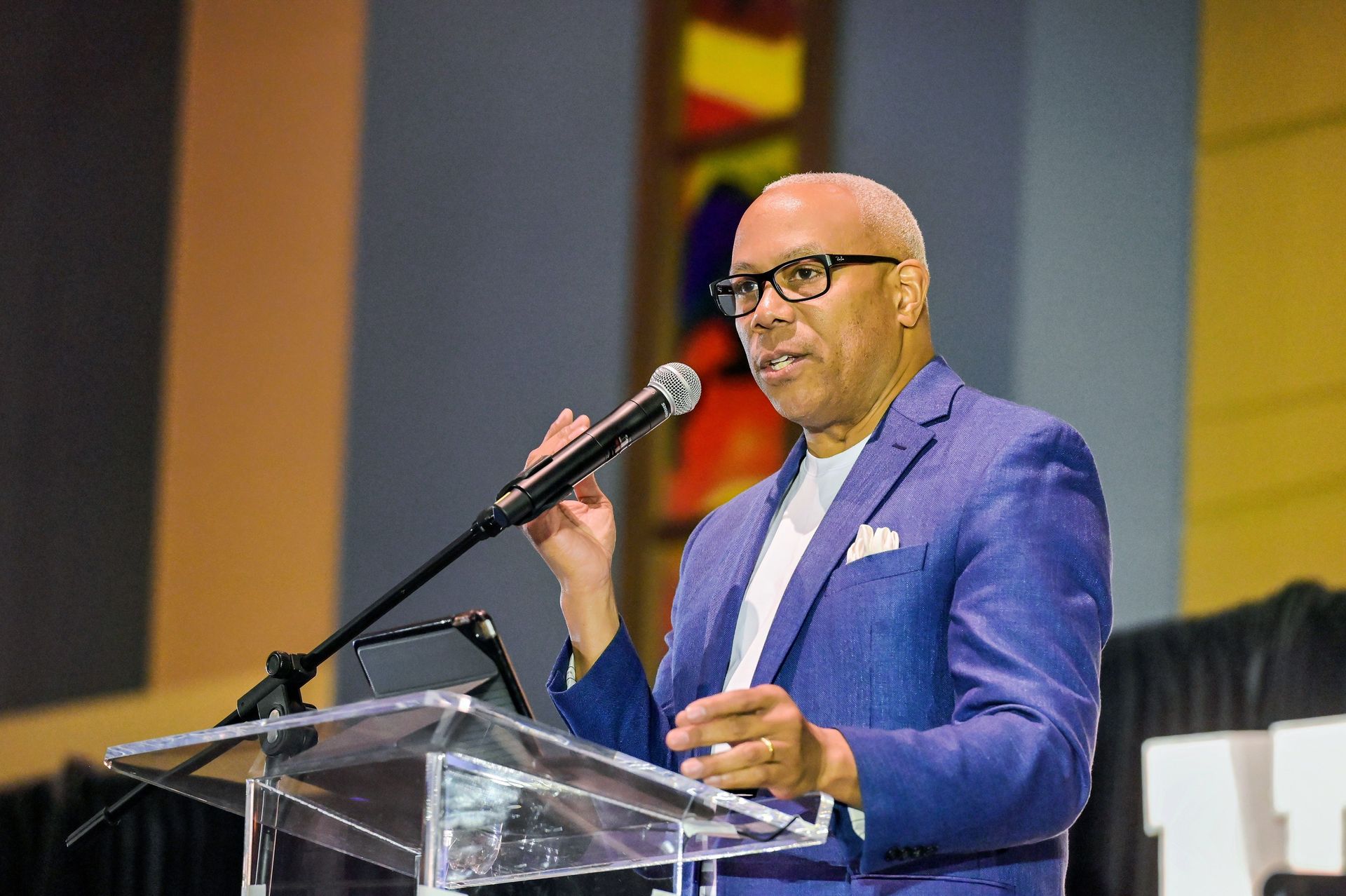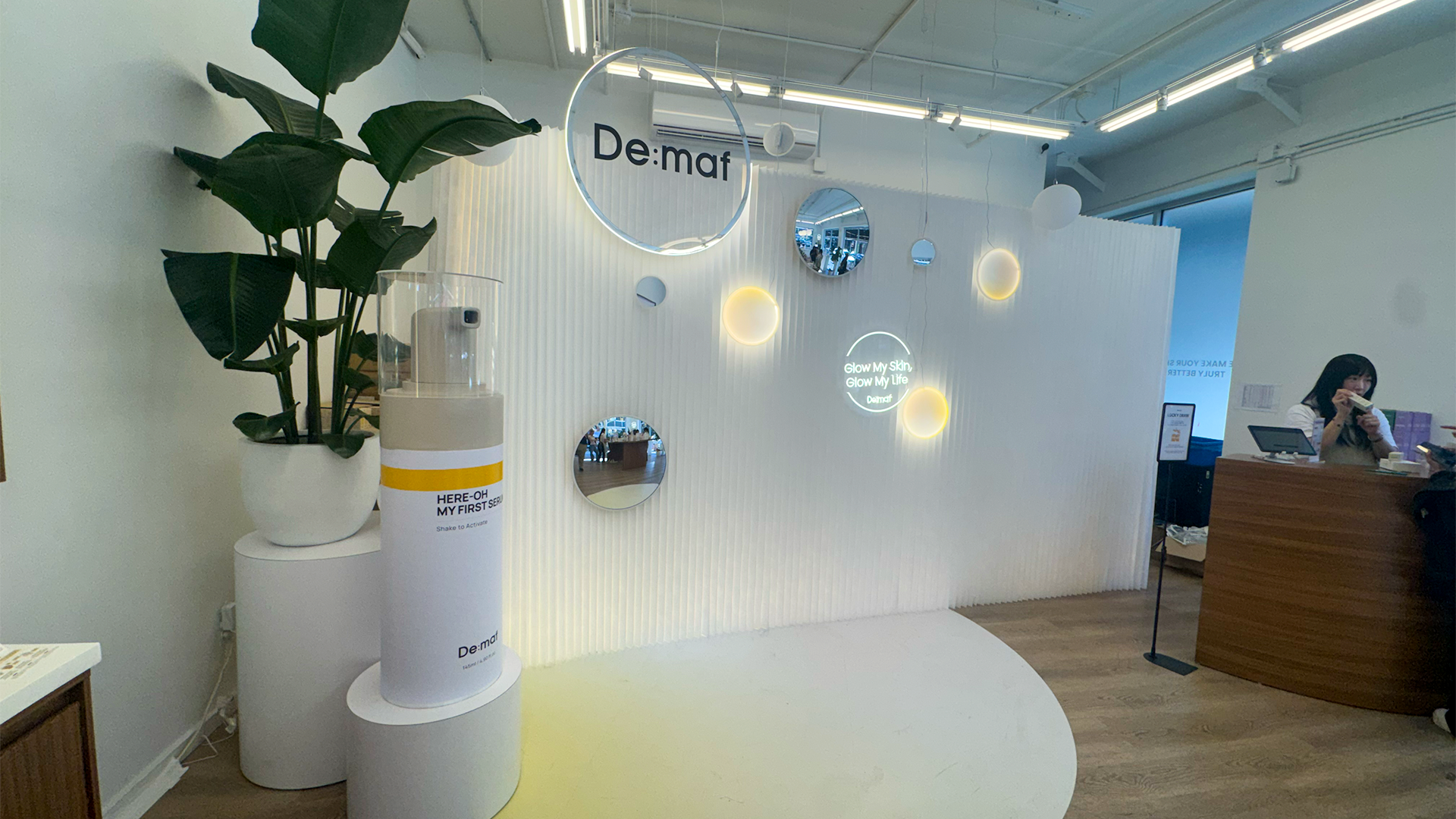Orientation Tips: Making New Students Feel At Home On Campus
Creating a Welcoming Environment For First-Year Students
Creating a welcoming environment for first-year students starts with thoughtful planning and genuine hospitality. Begin by setting up strategically located welcome booths manned by friendly and knowledgeable staff who can provide essential information and answer any questions. This initial interaction can significantly influence a student's first impression of the university.
Signage plays a vital role as well. Clear, informative signs that guide students to key locations such as dormitories, dining halls, and classrooms can alleviate much of the initial stress. Consider multilingual signs if your student body is diverse, ensuring that every student feels included from the outset. Inclusive language is another cornerstone of a welcoming atmosphere. All communication materials, from emails to welcome packets, should reflect the university’s commitment to diversity and inclusion. Simple gestures, like addressing students by their preferred names and pronouns, go a long way in fostering an inclusive environment.
Welcome events should also be designed with a focus on fun and approachability. Offer a variety of activities that cater to different interests and social preferences. Some students may appreciate large, energetic gatherings, while others might feel more comfortable in smaller, quieter settings. Having a range of options ensures that every student can find something that suits them.
Lastly, consider creating designated relaxation zones where students can take a break from the hustle and bustle of orientation activities. These areas should be equipped with comfortable seating, refreshments, and perhaps some light reading materials. These spaces offer students a chance to recharge and reflect, making the overall orientation experience more pleasant.
Planning Engaging Experiences
Immersive and engaging experiences are crucial for engaging students and making them feel connected to their new environment. Start by reimagining the traditional campus tour; instead of standard guided walks, use scavenger hunts or augmented reality to highlight key locations. These interactive elements not only make the tour more enjoyable but also help students become familiar with the campus layout.
Workshops that encourage active participation can significantly enhance the orientation experience. Offer sessions on practical skills such as time management, study techniques, or cooking classes for dorm-friendly recipes. These workshops provide valuable knowledge while allowing students to interact and form connections with their peers.
Interactive games and activities can also be instrumental in making orientation more engaging. Organize team challenges or problem-solving activities that require collaboration, fostering a sense of community and teamwork.
Another effective approach is to create themed events that immerse students in university culture. Host a talent show, trivia night, or themed dinner where students can showcase their skills, learn more about their new home, and build a sense of belonging. These events, when designed thoughtfully, can turn orientation into a memorable and enjoyable experience that lays the foundation for a successful college journey.
Engaging University Branding
University branding can significantly enhance the orientation experience by creating a sense of school pride and unity among first-year students. A visually cohesive environment, adorned with university colors and logos, can foster an immediate connection to the school. One creative idea is to organize a carnival, where the games, booths, and even prizes are all branded with the university's imagery. This not only makes the event visually appealing but also reinforces a collective identity.
A movie night can be transformed into a unique experience by using branded lounge furniture and decorations. Imagine a cozy setup with bean bags, blankets, and even snacks all featuring the university logo. This creates an immersive environment where students can relax and enjoy while subconsciously strengthening their bond with the university.
Incorporating university branding in more subtle ways can also be effective. For instance, branded wristbands or lanyards given out at the start of orientation can be used for event access or team identification during group activities. These small touches consistently remind students of their new community.
Merchandise such as t-shirts, water bottles, or notebooks handed out during orientation can serve dual purposes: practical use and memorabilia. These items often become cherished keepsakes, reminding students of their first experiences on campus. You can even add a bit more activity to the merch by putting it into a claw machine free for students to play.
Creating spaces that visually and emotionally resonate with the university's identity helps to build a cohesive and engaging orientation experience. These branding efforts make students feel like they are part of something larger, helping them to embrace their new academic journey with enthusiasm.
Building Social Connections
Facilitating social connections during orientation is vital for helping first-year students integrate into the college community. Plan a variety of icebreakers and team-building exercises that encourage interaction and collaboration. Activities like escape room challenges can break down barriers and get students talking and cooperating.
Utilize social media to extend these connections beyond in-person events. Create official orientation groups on platforms like Facebook or GroupMe where students can continue their conversations, ask questions, and share their experiences. This online interaction helps to build a sense of community that persists long after orientation week.
Don't underestimate the power of shared experiences. Host events that require teamwork, such as campus scavenger hunts or group cooking classes. These activities can naturally lead to friendships as students work together toward a common goal.
Finally, facilitate smaller, casual gatherings like coffee hours or picnic lunches. These low-pressure environments can be particularly welcoming for students who may feel overwhelmed by larger events, ensuring everyone has an opportunity to connect in a setting that feels comfortable.
Creating Lasting Memories
Orientation is the perfect opportunity to create lasting memories for first-year students. Set up photo booths at key events to capture fun moments, and consider providing instant printouts for a tangible keepsake. Offering unique university-branded merchandise such as custom t-shirts or hoodies can also leave a lasting impression.
Incorporate meaningful traditions that resonate with students. A symbolic welcome ceremony, complete with a special chant or song, can create a powerful shared experience. Another idea is to host a signature event, like a lantern walk or a tree-planting ceremony, where students contribute to a living legacy on campus.
Interactive art installations can also add a memorable touch. Set up a graffiti wall where students can leave their mark or a time capsule project that will be opened at a future reunion. These activities not only create lasting memories but also foster a sense of continuity and connection to the university's history and future.
By focusing on creating meaningful and enjoyable experiences, you can help students form deep connections with their new home, making their college journey both memorable and impactful.
Incorporating Feedback for Future Events
Gathering and incorporating feedback is crucial for refining orientation events. Utilize surveys and feedback forms to capture detailed responses from participants about their experiences. Encourage honesty and provide anonymity to ensure genuine insights. Focus on specific areas like event organization, engagement levels, and the relevance of activities. Analyzing this data helps identify trends and pinpoint areas for improvement.
Hold debrief sessions with event staff to discuss observations and student feedback. These discussions can reveal logistical challenges and potential solutions that might not be apparent from surveys alone. Involving student leaders in these sessions can provide additional perspectives, fostering a collaborative approach to event planning.
Make it a practice to share feedback summaries and intended improvements with the student body. This transparency demonstrates that their opinions are valued and acted upon, building trust and encouraging future participation. By systematically addressing feedback, you can create more engaging, efficient, and enjoyable orientation events that resonate deeply with each new cohort of students.
